
Myriad Myrcias in many shades of green
c. 700 species in genus Myrcia are en route from unknown to understood
Myriad Myrcias
In 2016, a five-year collaboration between Toyota and IUCN was initiated which aims to deliver critically important assessments of wild species for The IUCN Red List of Threatened Species™. As part of this five-year collaboration, the Royal Botanic Gardens, Kew created a Plant Assessment Unit (PAU), where dedicated staff provide a focal point for Kew’s scientists working on conservation assessments. Addressing the need to accelerate the assessment of species in tropical regions, the team support the preparation and publication of extinction risk assessments on the IUCN Red List.
Identifying species at risk is a central goal for conservation. In the face of accelerating biodiversity loss and limited resources, assessment of the extinction risk of species is essential for conservation priority-setting. These assessments can be used to assist governments and conservation organisations to prioritise and guide effective conservation action and inform policy makers.
The Royal Botanic Gardens, Kew provides unique taxonomic expertise and data acquired over decades as the basis for conservation assessments. With the help of Kew scientists, over the five years, we plan to add assessments of over 4,000 species to the Red List, ranging from global assessments of major groups to studies focused on the endemic species of conservation concern in a particular country. Key outputs will include a global assessment of Coffea, which ranks second only to oil in terms of value of globally traded commodities; a global assessment of Cola, an African tree genus which includes the source of the 'secret' ingredient in popular soft drinks and a global assessment of Myrcia, a Neotropical genus of trees and shrubs which form an important component of the diversity in some of Brazil's most threatened habitats.

c. 700 species in genus Myrcia are en route from unknown to understood
Myriad Myrcias
Assessing the extinction risk of species is key to understanding the current status of Earth’s biodiversity
Extinction risk of plants
Tree ferns are a Chelsea Flower Show staple. But there is more to them than the one species, Dicksonia antarctica...
Tree ferns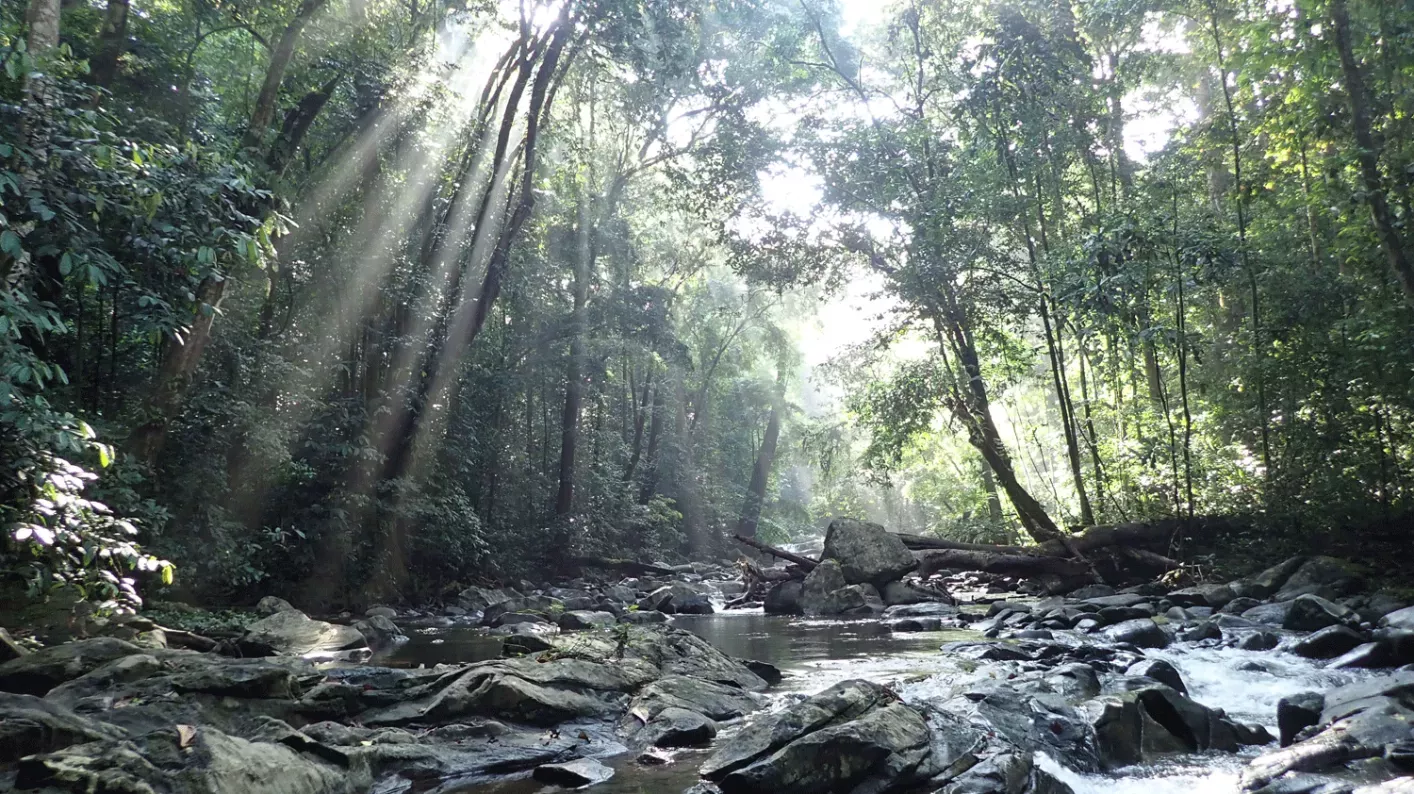
Ebo forest in Cameroon, home to many unique, rare and threatened species, is under imminent threat from extensive logging.
Ebo Forest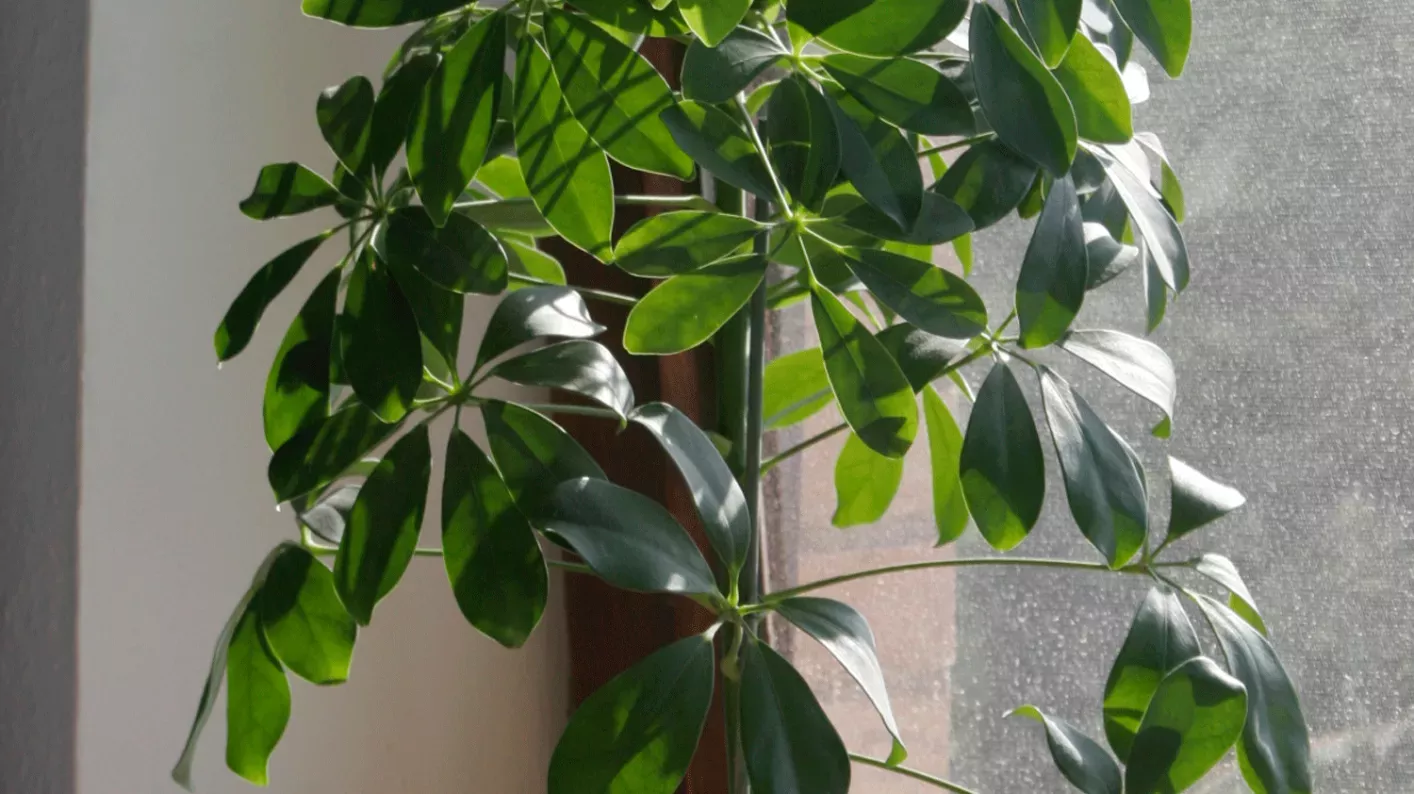
More than just a houseplant, our Plant Assessment Unit have been assessing the extinction threat of Schefflera species in New Guinea.
Umbrella plant
Around 15 per cent of Brazil's plants are found in the campo rupestre - one of the most species rich areas in the country.
Secret gardens
Discovering why plants matter in the Red Alert tent at Kew Science Festival 2019.
Summer, science and suspicious scents
Kew has completed extinction risk assessments for Colombian Ingas, aka the ice cream bean.
Ice cream bean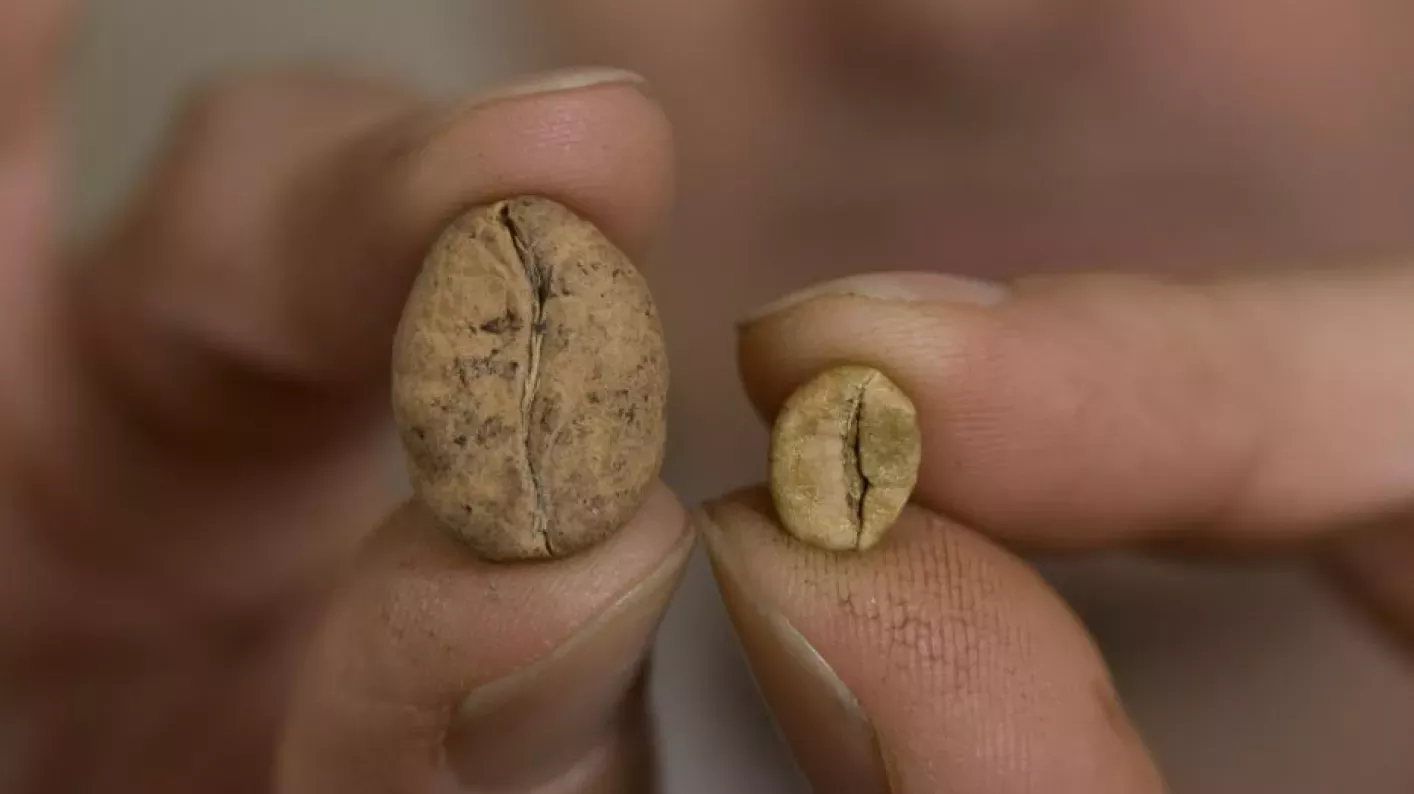
On Endangered Species Day we celebrate two and a half years of Kew’s Plant Assessment Unit.
Saving endangered species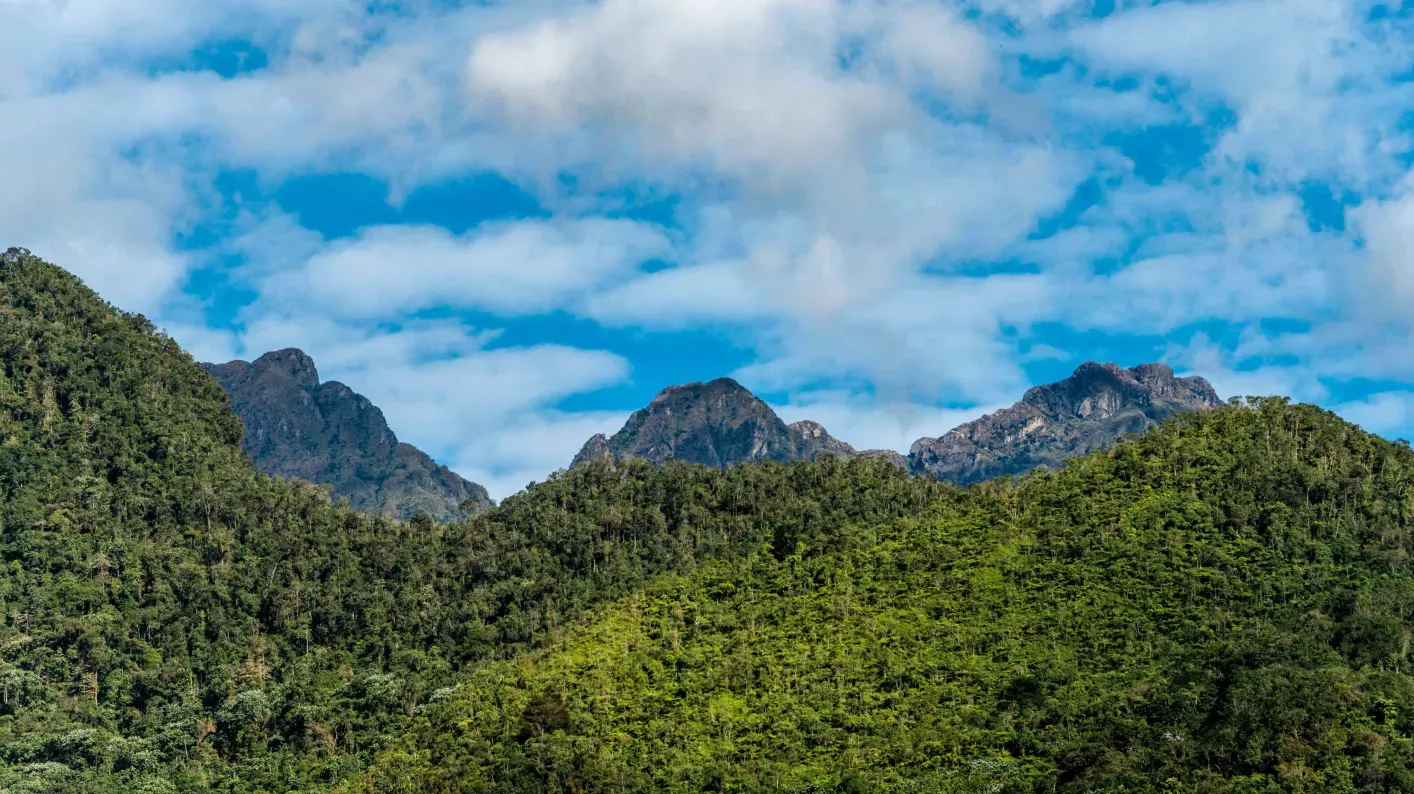
Kew Science contributes to major new report that shows the state of global biodiversity.
Global biodiversity report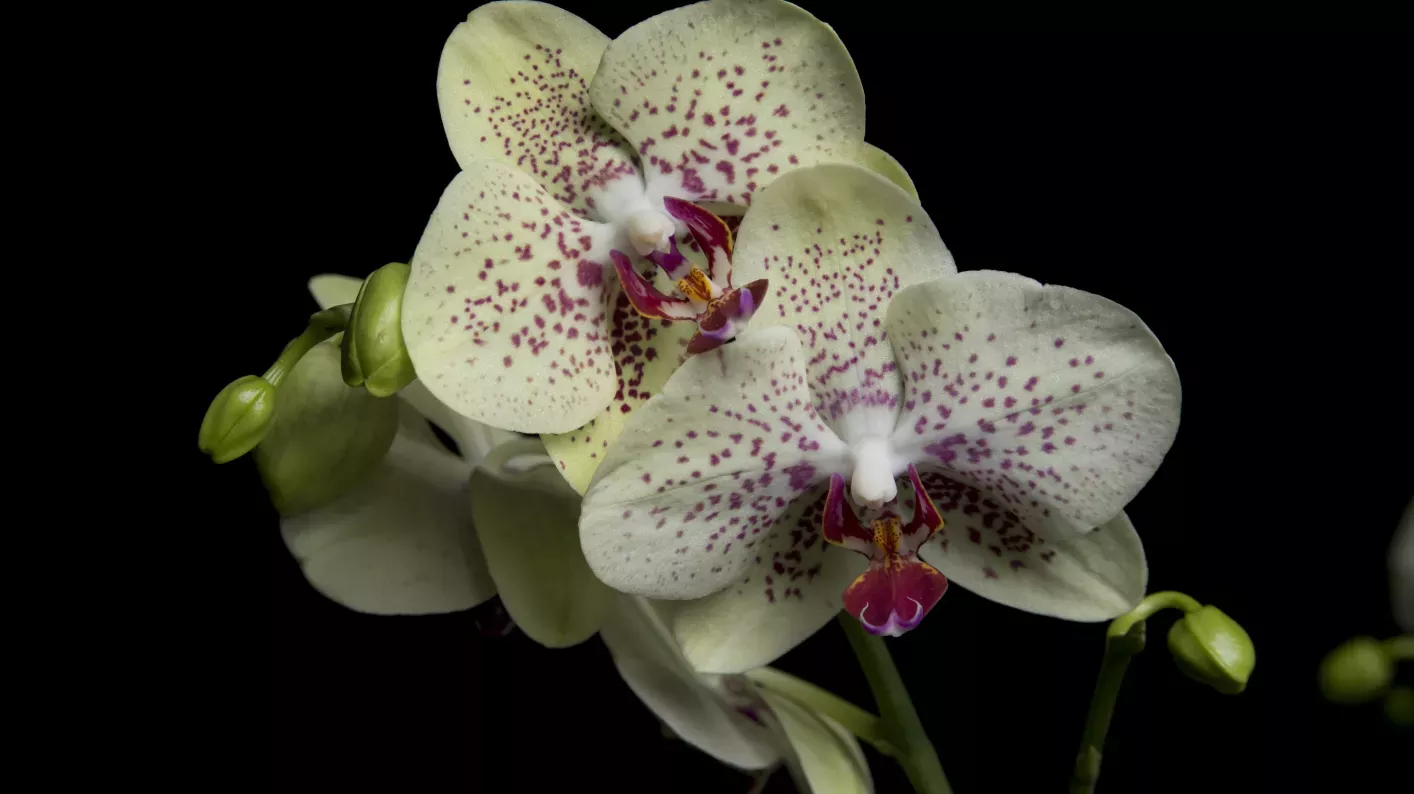
How Kew is fighting extinction of plants.
Kew's fight against extinction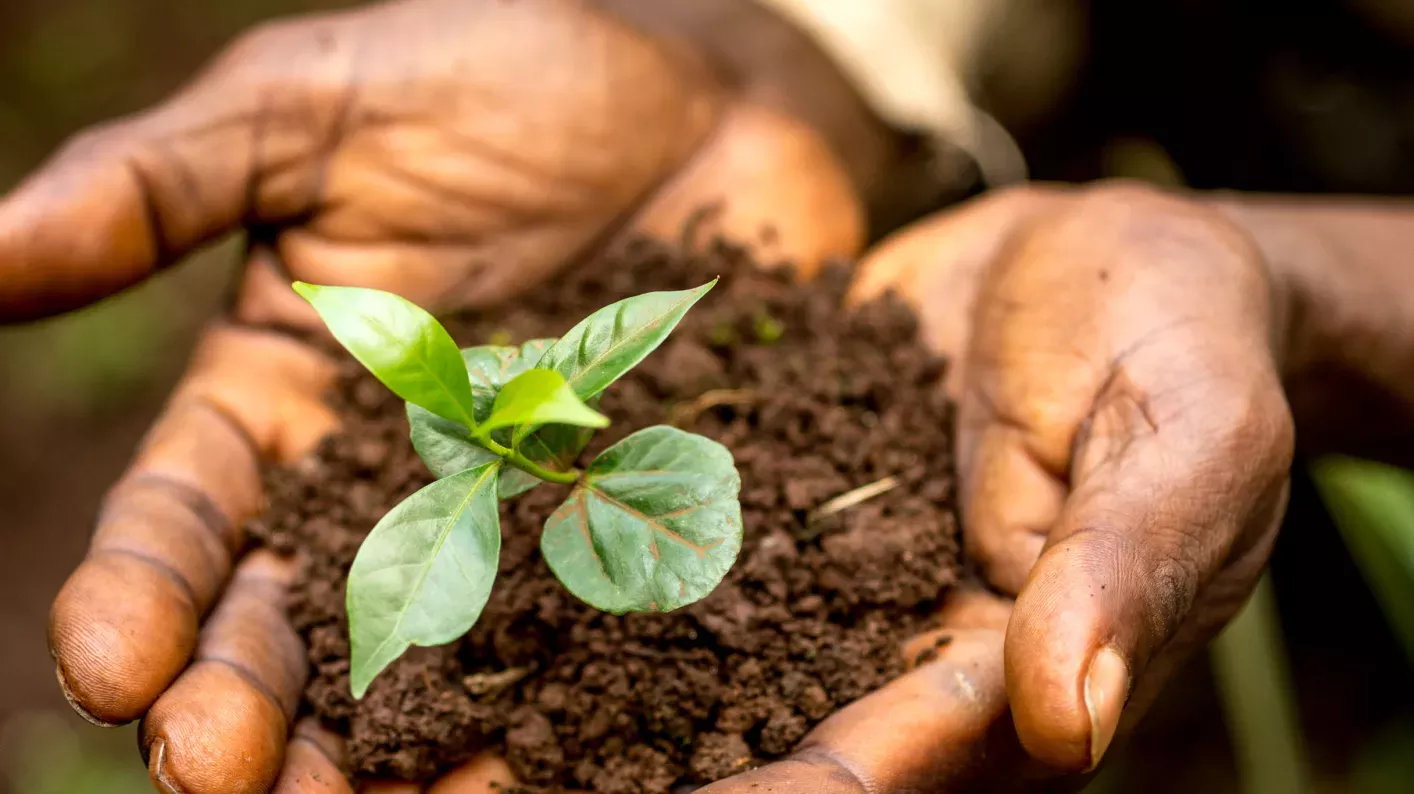
What might the threat of extinction mean for the future of coffee farming?
A high extinction threat for wild coffeeAmy Barker
Steven P. Bachman
Helen Chadburn
Colin P. Clubbe
Serene Hargreaves
Nic Lughadha, E., Walker, B.E., Canteiro, C., Chadburn, H., Davis, A.P., Hargreaves, S., Lucas, E.J., Schuiteman, A., Williams, E. Bachman, S.P., Baines, D., Barker, A., Budden, A.P., Carretero, J., Clarkson, J.J., Roberts, A. & Rivers, M.C. (2019)
Phil. Trans. R. Soc. B 374(1763)
Davis, A. P., Chadburn, H., Moat, J., O’Sullivan, R., Hargreaves, S., & Lughadha, E. N. (2019).
Science advances, 5(1), eaav3473.
Brummitt, N.A., Bachman, S.P., Griffiths-Lee, J., Lutz, M., Moat, J.F., Farjon, A., Donaldson, J.S., Hilton-Taylor, C., Meagher, T.R., Albuquerque, S. & Aletrari, E. (2015)
PloS ONE 10(8), p.e0135152
